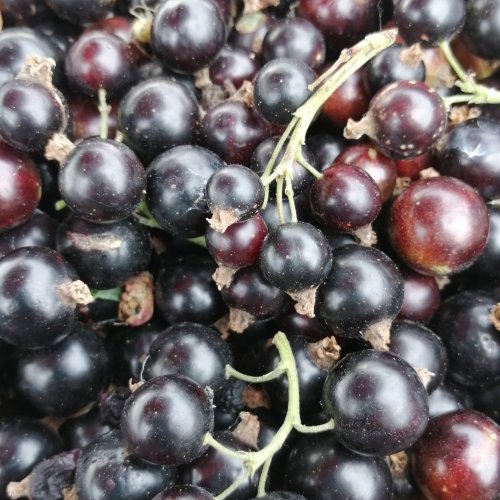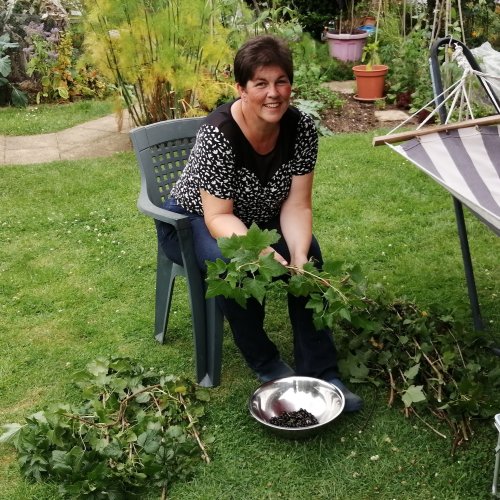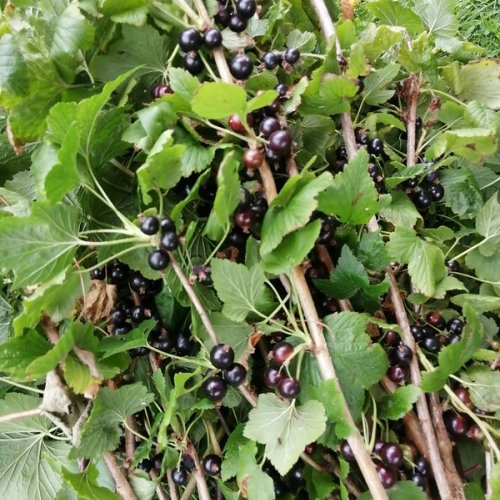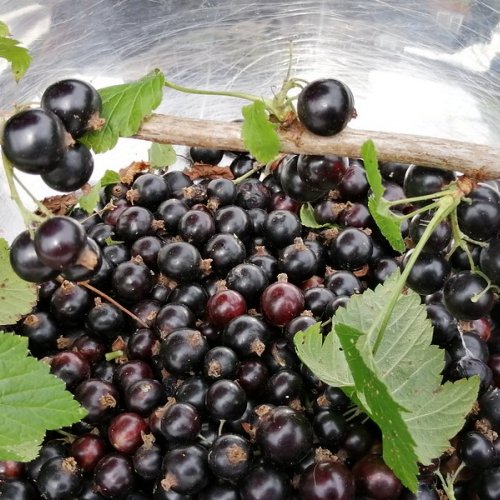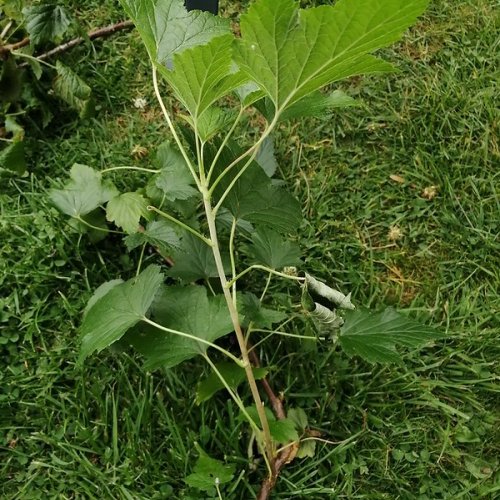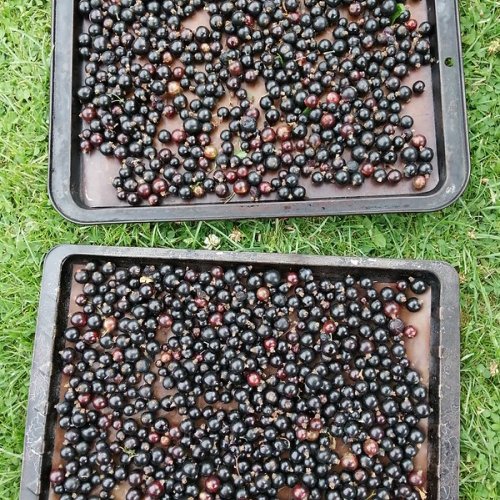When Are My Currants Ripe?
There are few things as delicious as a ripe blackcurrant, fresh from the bush on a warm day. How will you know when your crop is ripe? Well, this will depend to some extent on where you are in the country. The farther north in the UK you are, the later spring and summer arrive and so the later your fruit is likely to ripen. As a child I remember visiting my grandmother on the Isle of Wight and noticing that her daffodils would bloom a good two weeks ahead of ours in Leicestershire. When I moved to Edinburgh, my Scottish daffodils were then two weeks behind my mother’s in the East Midlands and four weeks behind my grandmother’s on the Isle of Wight.
Ripening will also depend upon how much light, warmth and water your bush has received, and this can vary depending on where it is planted in your garden. You can find very different micro-climates within even a small garden; one area might be in the shadow of a north facing wall, while another west-facing spot gets all-day sunshine; a bed at the bottom of a slope may suffer from frost, which tends to ‘roll’ downhill; one at the top of a slope may be more exposed to the wind.
Mine usually need picking in mid-July. Your currants are ripe when they are fat and black and slightly soft when you squeeze them. Taste one and see. If it’s delicious, it’s ripe. Not all the currants will be the same degree of ripeness; a few paler purple ones won’t matter mixed in with the others, in fact they’ll help you get a good set in jam. Wait until almost all the berries are ripe before picking them and just eat the few odd early currants straight from the bush.
Time Taken
This depends on how many bushes you have. One bush can take as little as 20 minutes. The key is to allow yourself lots of time to stop and start as you need. Spread the task out over a couple of hours and enjoy time sitting out in the sunshine.
Energy Needed
You will need sufficient energy (and balance) to manage 5-10 minutes outside, standing over a bush and bending to cut the canes a few inches from the ground. If bending is difficult or makes you dizzy, try using a kneeler.
